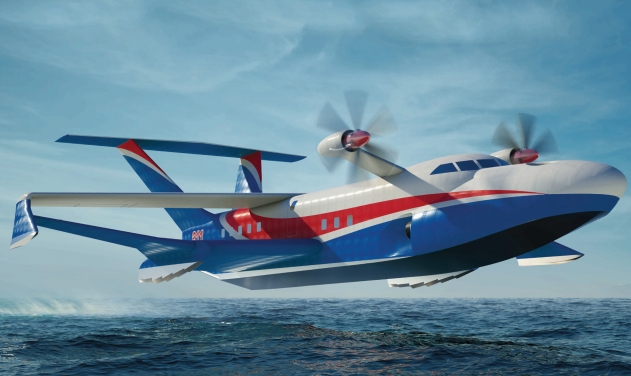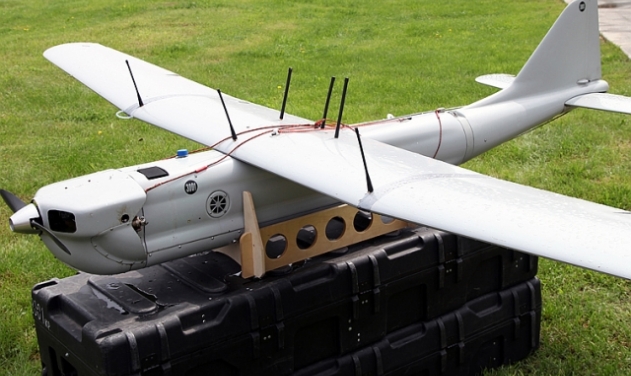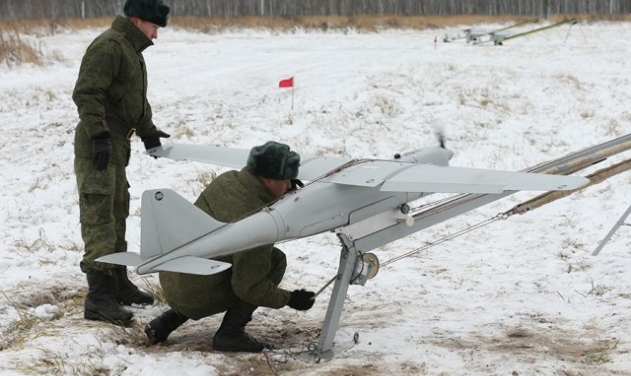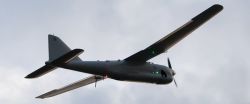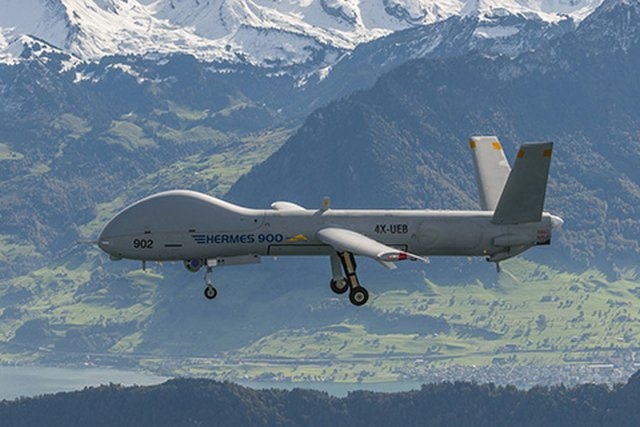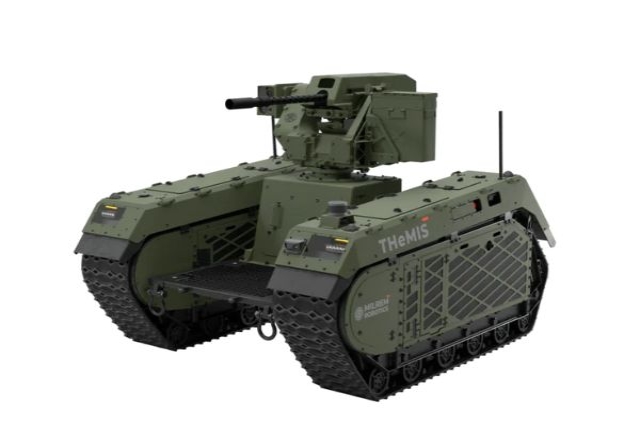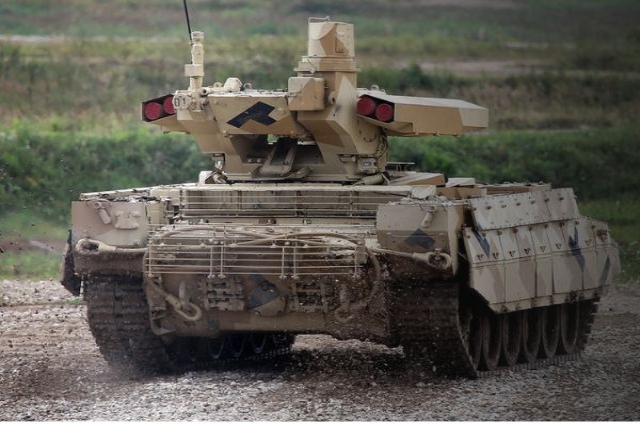First Export of Russian Orlan-E Drones Goes to Myanmar
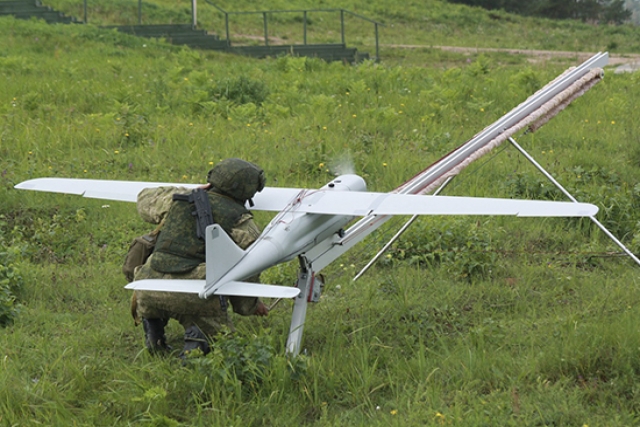
Russia has bagged its first ever contract to provide Orlan-10E drones it has been aggressively marketing for several years.
On January 22, Myanmar placed an order for Pantsir S1 anti-aircraft systems and Orlan-10E drones.
Although the reconnaissance drone was inducted by the Russian military around a decade ago, its export variant was first revealed at LIMA-2017 in Malaysia. A unit of this drone reportedly costs anywhere between $87,000 and $120,000.
According to media reports, an updated variant of Orlan-10 tactical UAV is expected to enter service with Russia's ground forces soon. The updated variant is expected to have a laser designator to allow it to pinpoint targets for precision-guided artillery and aircraft munitions.
Read: Russian Drone Attack
The Orlan-10E UAV is 1.8 m long and has a wingspan of 3.1 m, a takeoff weight of 18 kg, a payload of 5 kg, a speed of 70-180 km/h, an endurance of 15 h and a maximum altitude of 6,000 m.
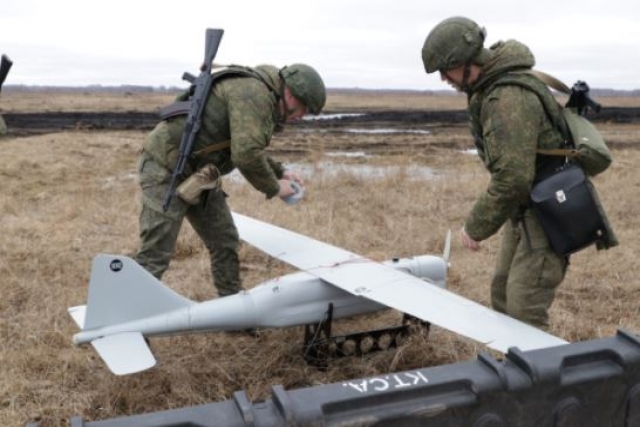
The aircraft is powered by a petrol engine and is capable of operating within the -30°C…+40°C temperature bracket. It maintains comms with its control post at a distance of 150 km. Its data link allows a transfer rate of 10Mbps. The UAV’s payload may include a still or video camera, a stabilized TV camera, an infrared camera with all-round coverage, or electronic equipment. A single ground-based control station controls up to 16 Orlan-10E UAVs in flight at the same time.
The drone is usually used in a group of two or three, where the first one is used for reconnaissance in a height of 1–1.5 km, the second one for electronic warfare and the third one as a transponder that transmits intelligence information to the control center. One system can include up to 5 vehicles. More than 1000 Orlan-10's have been produced, with 11 different variations. The Orlan-10 features a composite hull that reduces its radar signature. It has seen action in Ukraine, Syria, Libya and Nagorno-Karabakh.
